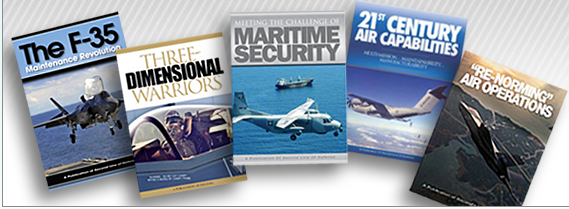6/11/12: By Robbin Laird
One of the more interesting presentations at the Airbus Military Trade Media Brief 2012 was by the head of training at Airbus Military.
Ian Burrett, Head of Training and Aircrew Operations, Customer Services, provided an overview of the approach and the standing up of the baseline training capability.
The multi-national training center opened up at Seville in late 2010 and Airbus Military will roll out capabilities through 2013 to make the training facility completely operational.
The A400M program like the F-35 program is built for multi-national training.
In the A400M case, there is a core or central training facility at Seville, which develops the core competencies and approaches and defines best practices.
The Seville center – like Eglin in the F-35 system – can operate as a hub for national training facilities, and national facilities can then replicate, link or incorporate via virtual links, systems and approaches with the capabilities of the multi-national training center.
The basic A400M includes three core personnel – a pilot, a co-pilot and a loadmaster.
The training is built to train a core team. The loading system of the A400M is highly automated, and can be operated by a single person. As an advanced system, it is important that the training be especially effective with the loadmasters.
And as with most modern training systems, various fidelities are used for parts of the training process to replicate “real life” in order to contain costs but ensure significant training time.
The presentation focuses upon several key elements of the training system:
- The CBT or Computer Based Training;
- The CMOS or cockpit maintenance operation simulator;
- The FFS or Full Flight Simulator;
- The LMWST or Loadmaster Work Station Trainer;
- The A400M Cargo Hold Trainer or the CHT-E;
- And the Courseware for the program.
The program is supported by a number of companies who work closely with Airbus in training for commercial jets.
Among these companies are Thales, Rheinmetall, Cassidian Spain, and CAE.
And the core customer for Airbus Military in shaping the training program is multi-national itself, namely the wonderful European acronym – OCCAR.
Although not discussed, not perhaps planned at this time, the A400M like the F-35, can shape a new learning approach to training upon which the program can evolve over time.
Over time, as the plane becomes operational, and the fleet gains experience operated by several national militaries, there will then be the opportunity to feed that experience into the training program.
There is the possibility of shaping a con-ops training or sharing capability built on the multi-national character of the program.
Note: OCCAR is a international organisation whose core-business is the through life management of collaborative defence equipment programmes. This organisation was established by means of a convention (93kB) , which is equivalent to an international treaty.
OCCAR is a centre of excellence in its business domain. This vision is underpinned by the implementation of a comprehensive management framework, comprising a Quality Management System, which attained the ISO 9001:2000 certification in July 2005.
Recertification on an annual basis was attained up to 2008. In 2009, the OCCAR Quality Management System was certified against the new ISO 9001:2008 standard and yearly recertified since then.
At this moment six nations are member Nations of OCCAR: Belgium, France, Germany, The United Kingdom, Italy and Spain.
The OCCAR community consists however out of 12 Nations as Finland, Sweden, Poland, Luxembourg, the Netherlands and Turkey are also participating to one or more OCCAR Programmes.
For the F-35 approach see
https://www.sldinfo.com/an-update-on-the-f-35-integrated-training-center-at-eglin-afb/
And for an argument for how to think about 21st century military aircraft see
Or for recent books on the subject see
https://www.sldinfo.com/defense-security-publications/
Credit Featured Image: CAE Flight Simulator at Seville, Spain, Credit: Airbus Military


